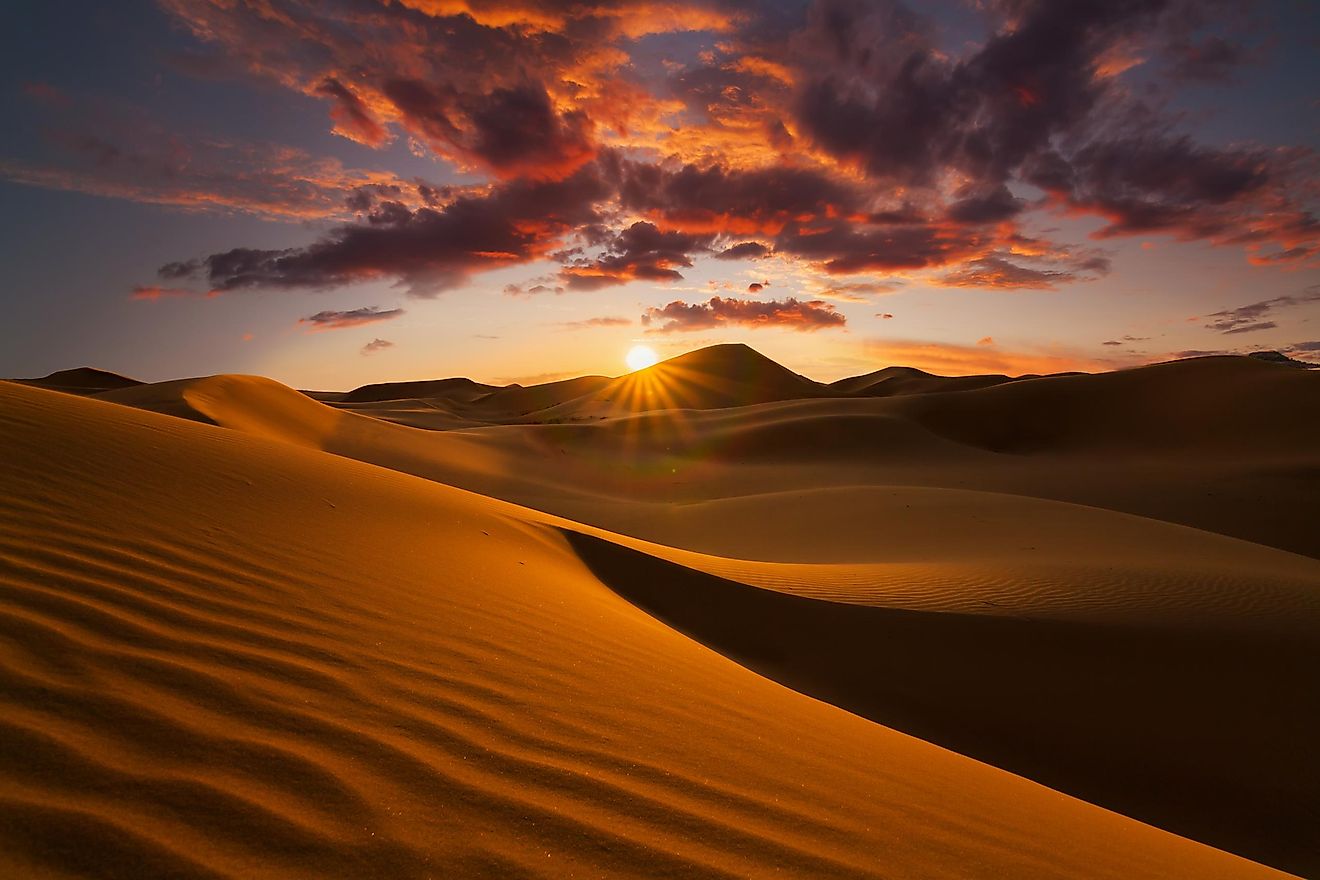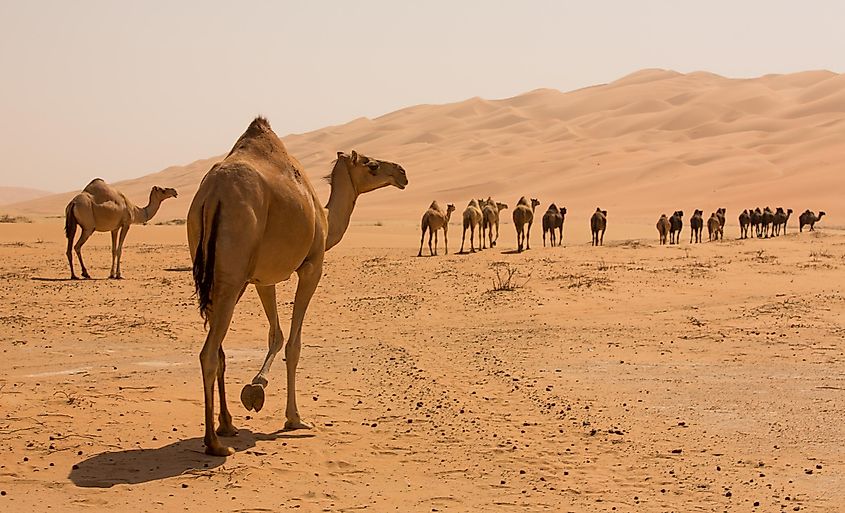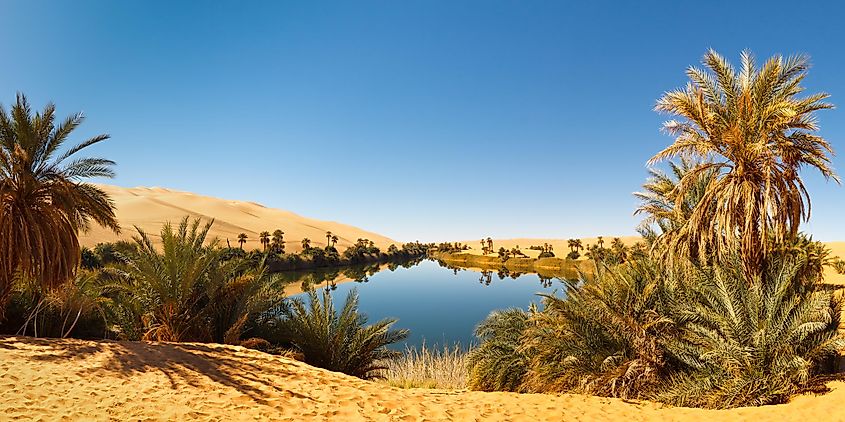Secrets of the Sahara

- It's the largest hot desert on Earth.
- Approximately 2.5 million people call the Sahara Desert home.
- Once upon a time it was a vast grassland.
- Today, the Sahara Desert is expanding, due in part to climate change.
It stretches from the east to the west, the north to the southwest coast of Africa. It is the Sahara Desert. Like all deserts, the Sahara is largely desolate, but it is not completely devoid of life, nor is the climate the same in every part of it. Here are some of the secrets of this beautiful and mystifying place.
Why is it called the Sahara?
The name Sahara comes from the Arabic word, sahra, meaning desert, the plural of which is sahara.
How old is the Sahara Desert?
There is no consensus on the age of the Sahara Desert. Some suggest that it became a desert region two to three million years ago. In 2006, however, dune deposits found in the country of Chad, raised the possibility that the desert was created during the Miocene Epoch, which took place between 5.3 and 23 million years ago.
Who and what lives in the Sahara?

Although the Sahara Desert is sparsely populated by humans, it is home to approximately 2.5 million people. In the ancient past, the Sahara was home to several sophisticated civilizations, including the ones of ancient Egypt and Nubia, as well as the empires of Ghana and Mali.
Today, many of the desert’s inhabitants are nomadic; moving from place to place depending on the seasons. There are, however, permanent settlements, mainly located close to water resources, such as oases. Arabs and Berbers constitute the bulk of the Sahara Desert’s current population. The Arabs speak various dialects of Arabic, whereas the Berbers, also called Amazighs, speak different dialects of the Berber language, which is considered an Afro-Asiatic language. In terms of religion, the overwhelming majority of Sahara’s inhabitants practice Islam. In fact, the desert is home to Timbuktu, which was once an important Islamic cultural center.
What is the climate like in the Sahara Desert?

he climate of the Sahara Desert can be different, depending on where you are. The northern part of the Sahara has a dry subtropical climate, whereas the south has a dry tropical climate. Hence, the northern Sahara has very hot summers and cold winters, while the south is characterized by warm, dry winters and a hot, dry season. On occasion, it can even snow in the north. The average rainfall in the Sahara is only about three inches, but sometimes thunderstorms occur, which can often lead to flash floods. Dust storms in the northern Sahara are also common. Today, climate change is partly credited with making the Sahara Desert expand.
What kind of resources are found in the Sahara Desert?
Sahara’s most abundant resources are oil, natural gas, and metallic minerals. Most of the oil is located in Egypt’s western desert, northeastern Libya, and northeastern Algeria, and the three countries are also where most of the natural gas reserves are found. Metallic minerals found in the Sahara include iron ore, copper ore, and uranium.
Was the Sahara always a desert?
According to experts, the Sahara was not always the vast desert that it is today. Researchers from MIT have concluded that the region has alternated between wet and dry climates every twenty thousand years. As little as six thousand years ago, the Sahara may have been a vast grassland, which received bountiful precipitation. Prehistoric paintings and engravings discovered in the region indicate that the Sahara was once home to a wide variety of plants, as well as animals such as elephants, giraffes, and hippos. Experts theorize that the shifting climates in the Sahara are due to the periodic shifting or wobbling of Earth’s orbit.











